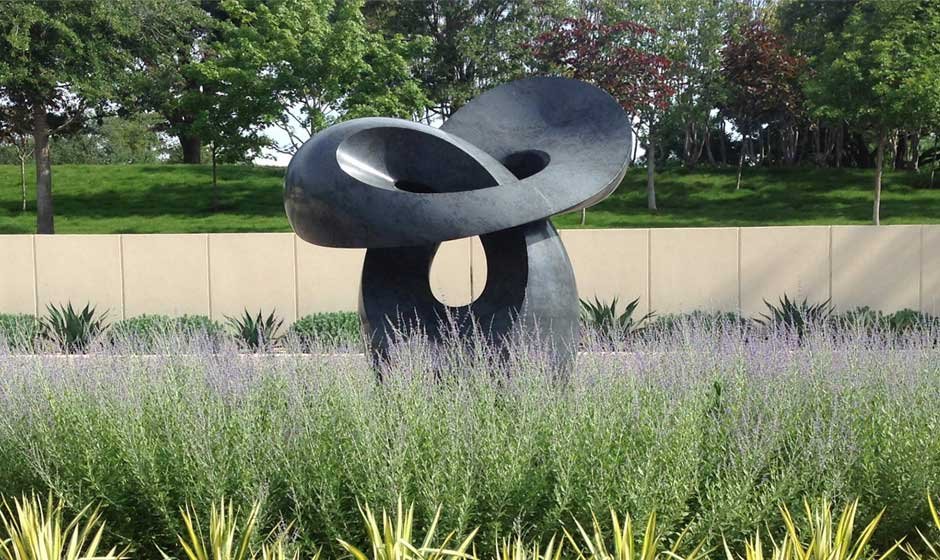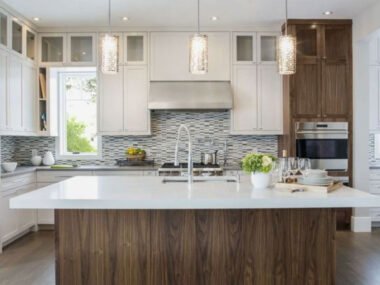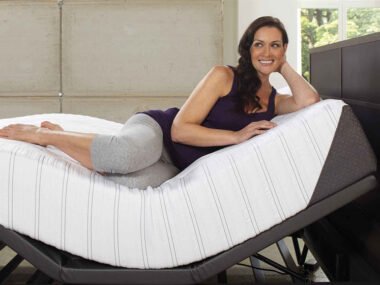Putting an outdoor artwork and casting in a patio is very good since one adds life, interest and personality to the location. Apply a few of these decorative elements in order to create an attractive patio no matter whether you work with a wide open space or a small corner. Outdoor art installation not only reflects your taste but it also serves to create the atmosphere of a space.
The proper placement and the coordination of style are the key to using outdoor art and sculptures. The same way you decorate or place paintings and other objects in the house, one should also mind the outdoor furniture and other accessories. Picked and placed correctly, they can become central points, dinner-table topics or hidden details which make the patio generally cheerful.
Choosing The Right Style For The Setting
When you are planning to add outdoor art in your patio, it is necessary to make sure that you take note of the prevailing design and structure. Compare the materials you utilized in your patio area, the coloring of your furnishing, and nature around them. This feature can be matched or contrasted with the art piece to produce a balance or a vivid statement in appearance, depending on the type of look that one desires.
Think about what type of patio you will have: modern, rustic, tropical or eclectic. Metal or stone sculptures will look exquisite with sleek modern surfaces and a piece of wood or ceramics will fit in a more natural or vintage-like atmosphere. The art should be able to add to the material that is already present like a woven rug or a patio sectional to produce an overall feel of completeness and coherence.
Selecting Art That Can Endure The Elements
Outdoor art must be selected with durability in mind. Sun, wind, and moisture-resistant materials are also essential to ensure they do not alter their look after some years. Rust proofed metal finish, treated wood work, concrete, as well as ceramic with a waterproof finish work best in outdoor conditions.
Besides material, the user of the construct and positioning of the artwork is also relevant. Installations ought to be secured and well-placed so that they do not move around and damaged by heavy weather. When selecting the pieces, one should be sure they are low maintenance but at the same time visually appealing to make sure that the patio decor is both convenient and easy to use throughout the seasons.
Creating A Focal Point With Larger Sculptures
Bigger sculptures may be used as beautiful centerpieces in a patio. These elements attract the attention and frequently take the center stage within the space particularly when they are strategically positioned. It can make the space have structure and purpose by placing a tall sculpture in a sitting area, entrance or in front of a bare wall.
Using large-scale pieces, make sure that they are not cluttered. The sculpture must be provided with necessary breathing space so that it could be viewed on different sides. With clean-line furnishings like a patio sectional, it evens out the weight of the design and lets one have an informal but artistic setting.
Using Smaller Pieces To Add Subtle Interest
Art installations and smaller sculptures could help you to add various layers of details into your patio. These may be freestanding figures, suspended art, mosaic decoration or even decorative planters. Their location can be unpredictably charming; an impromptu place near the hedges, along a walk or on the table or even on a ledge.
These smaller details fit beautifully in a minimalist and more ornamental environment. They can be easily transferred, redesigned and mixed with other features, like patio umbrellas, which will beautify various corners and not overpower the layout. They have an understated existence that adds to the balance and gives more depth to patronage of the patio visually speaking.
Integrating Wall Art Into The Patio Layout
The importance of wall-mounted art, in terms of outdoor patios, is also possible. Outdoor wall art can add shape and dimension to outside walls, fences, or trellises much like paintings do in interior rooms. This might be metal cut-out, ceramic tiles or weatherproof prints that express your personal taste.
Installing a wall art, use the walls that will match with seating furniture or dining tables and chairs. One of the greatest ways to put artwork is near a dining table or behind a patio sectional to frame the surroundings and give it the effect of the gallery. Make sure the installation of the art is at an eye-sight level and the art is fixed to resist weather conditions.
Lighting To Enhance The Artwork
Outdoor sculptures and wall art can be enhanced with proper lighting that can be used to project a bigger presence. Lights that are garden lights, spotlights or string lighting can give the art depth and allow the art to remain visible at night. The positioning of light can create interesting shadows and accentuate texture to an additional layer of visual interest at night.
Lighting is another aspect that can be included to make the space comfortable and cozy to use even at night. Lighting when balanced with the patio umbrellas and other features enables this room to serve as a lounge and some output of art. Ensure that the lighting is resistant to weather as well as facing away to avoid glare or too much light.
Maintaining The Outdoor Art Over Time
Outdoor art is well maintained to make it beautiful and functional. Even weather-resistant pieces benefit from occasional cleaning and inspection. This involves sweeping out or getting rid of griminess or trash, looking out for indications of wear, and fixing some of these indicators in the event that they might break up.
As a routine, it will be good to have someone maintaining the sculptures and other works of art in the walls to safeguard your investment and make the patio look fresher. Delicate pieces should be covered or moved out of exposure during bad weather or off season months. Taking care of a baby art, you may make your patio perfectly wonderful during years of time, bringing it charm and character.
Blending Art With Natural And Functional Elements
Outdoor art does not need to exist in isolation. Sculptures could be incorporated with the plants of water and built-in furniture to have a homogenous atmosphere. These can be decorative fountains, planters, which are artistic or custom-made fire pits, multi-use.
It is aimed at enabling art and utility to exist without conflict. A sculpture that is close to a body of water, or an art that is in place alongside a patio segmental, within the shadow of patio umbrellas, evokes the feeling of harmony. Once every single element in the mix helps to create the desired ambiance, a patio will no longer be simply a meeting point; it will be an extension of both personality and the enjoyment of nature.










